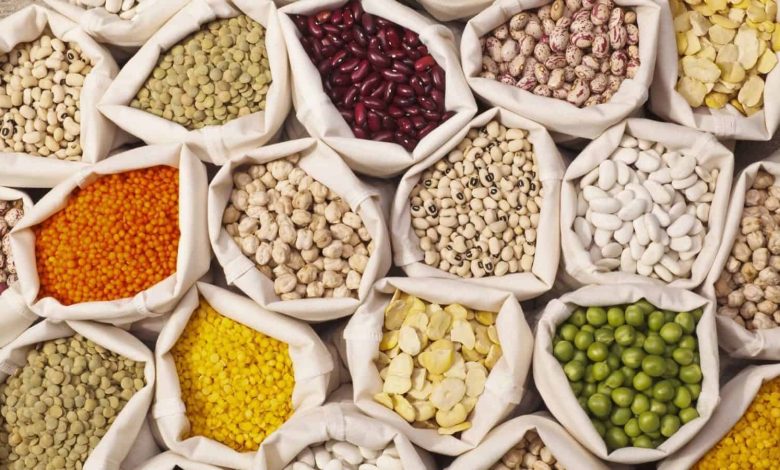Tanzania stands to face low pulses production next year

ACCORDING to the climate outlook released by the Southern Africa Regional Climate Outlook Forum (SARCOF-31) of the Southern Africa Development Community (SADC), two months ago following a meeting held in Lusaka, Zambia, Tanzania, alongside other SADC countries like Angola and the Democratic Republic of Congo (DRC), will receive normal to below normal rainfall in January through March 2026, whereas Southern Africa in general is expected to receive mostly normal to above-normal rainfall during the 2025/26 rainy season.
“The period of January to March (JFM) 2026 is expected to have normal to above-normal rainfall for most of the region except for the northern parts of the region (Angola, DRC and Tanzania) where normal to belownormal rainfall is expected,” the statement said, as it was officially unveiled by Edson Nkonde, Zambia’s permanent representative to the World Meteorological Organisation and director of the Zambia Meteorological Department.
Further, the statement indicates that most of the region will experience favourable rainfall conditions between October and December 2025, except for a few countries like Namibia, Comoros, Madagascar, Mauritius and Seychelles, which may experience belownormal rainfall.
Below is a clear, sector-specific interpretation of what the SARCOF-31 climate outlook means for Tanzania’s pulses value chain (production, processing, trade and export competitiveness).
Now what are the implications of this to the pulses sector? Tanzania is one of Africa’s major producers and exporters of pulses (beans, pigeon peas, chickpeas, green grams, lentils).
ALSO READ: Rise of Homera as Constitution and Legal Affairs Minister
Pulse production depends heavily on timely and well-distributed rainfall, particularly from December through April, depending on the zone. As stated before, the SARCOF-31 outlook indicated that there will be normal to below-normal rainfall for Tanzania from Jan–Mar 2026 and generally favourable (normal– above-normal) rainfall from Oct–Dec 2025, the onset period.
This mix generally signals a strong start to the season but water stress later, which directly affects pulses. In detail, there will be early-season positive effects (October to December 2025).
That is, normal to above-normal rainfall early in the season may allow good soil moisture at planting, normal germination and early vegetative growth, as well as enabling farmers to plant on time, especially in central, northern and coastal pulse-growing zones. Nevertheless, the feast will not last long as there will be a high-risk period from January to March 2026.
Normal to below-normal rains during flowering and pod formation, the most moisture-sensitive stages can lead to reduced yields (flowers abort, pods don’t fill properly), increased pest pressure (aphids, pod borers, bruchids thrive in drier conditions), lower biomass for nitrogen fixation, hurting soil health and increased irrigation demand where irrigation is available (mostly limited).
The net effect of all these is that pulse yields are likely to decline in the 2025/26 season, especially in rainfed areas of the Central Zone (Dodoma, Singida), Northern Zone (Manyara, Kilimanjaro, Arusha) and Lake Zone fringe areas that rely on January to March rains. To navigate this, there needs to be early planting, climate-smart production and market risk management across the value chain.





